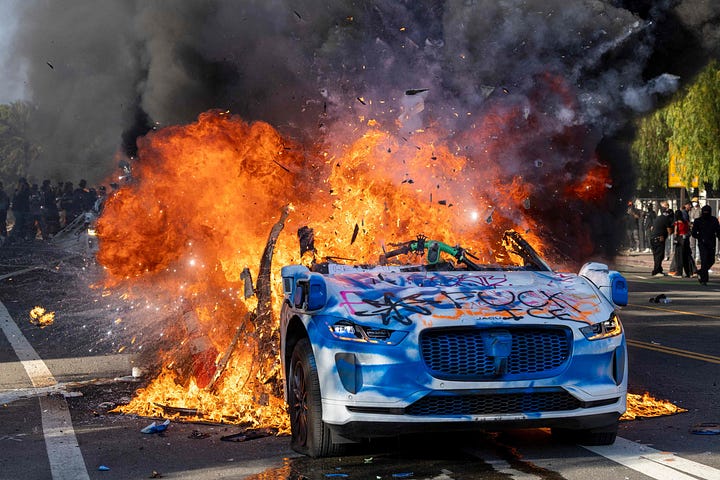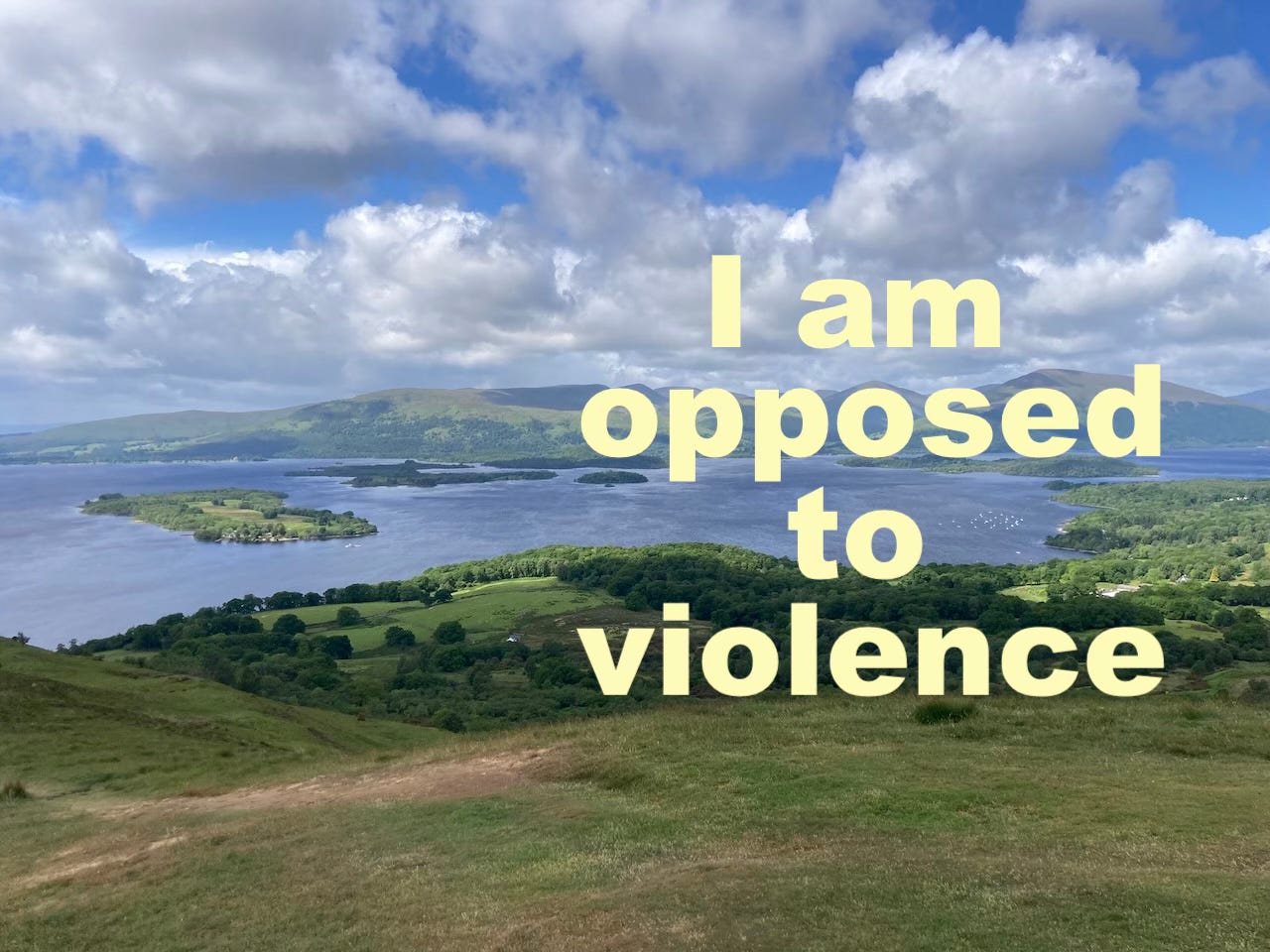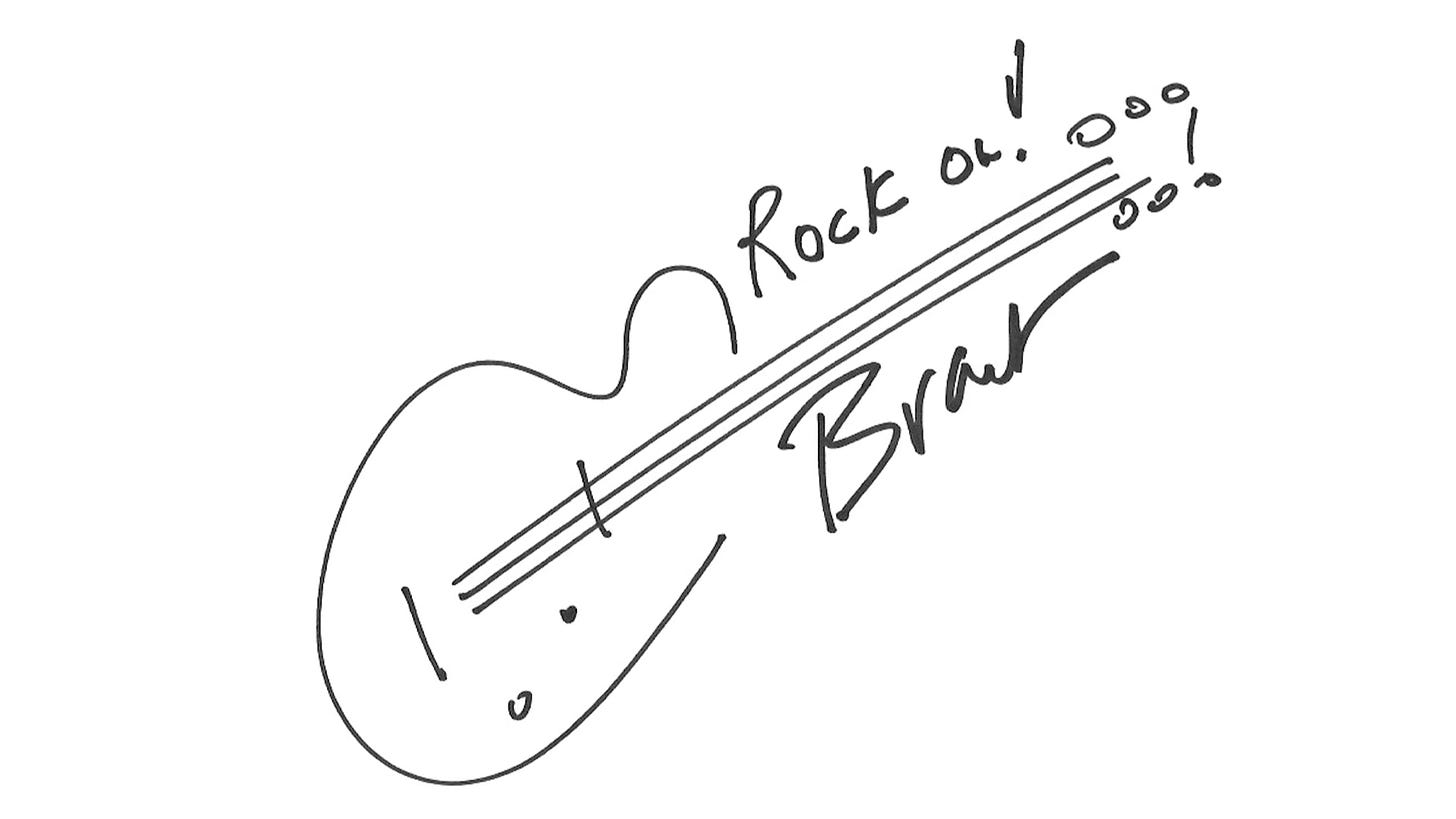What I Learned from "Seven Years in Tibet"
Mad musings about Brad Pitt, the counsel of dream ghosts, and nailing down fascist jelly
Dear Rockys, Rockettes, and Pebbles of all shapes and colors:
Do you remember the 1997 film “Seven Years in Tibet,” the one where a young Brad Pitt plays an Austrian mountaineer who meets the young Dalai Lama and becomes one of his tutors?
If not, here’s a quick summary. Pitt plays a German WWII soldier who escapes a POW camp and lives for years in the holy Tibetan city of Lhasa, where he becomes absorbed into their way of life. The Lhasans are a peaceful people, dedicated to the ways of Buddhism. They have no army or police force, no weapons or even anyone who knows how to use one. It is just not their way.
There is a scene in that movie that haunts me. It occurs toward the end, when the Communist Chinese invade Tibet, easily defeating the feeble Tibetan Army. The holy city of Lhasa is utterly defenseless, and the bellicose Chinese run roughshod over the Buddhists. In the terrible scene, a callous Chinese officer desecrates a Buddhist sand mandala with the tone-deaf remark, “religion is poison.”
This is what happens when a people have no warrior class, I thought to myself when I saw that scene. This is what happens when good, peaceful, harmless people, like children in an elementary School, have no one to protect them. One bad actor with a gun can do anything he wants to them, and there is no one or no thing there to stop the violence.
We will always have bad actors in this sad world. Even if 99.999% of us are committed to peace, that 0.001%, that is the ones with the nuclear weapons and the fanatical army, or the deranged man with a semi-automatic, pose a threat to the rest of us.
We could, as the rock band Steppenwolf said, “buy all of the guns and explode them in space,” but then there would be no one there to protect us — no warrior class. Our beautiful, idealistic, flute-playing creative class would flourish, just as the Lhasans did, until the bad guys show up. Then we would all become helpless victims of criminal cruelty.
The Problem with Pacifism
I have, for all my adult life, been opposed to violence. I am, to a fault, a pacifist. In fact, I posted this image on my Facebook account just yesterday.
But I also do not want to be foolish. I do not want to live in a vulnerable “Lhasa.” I support having a strong, ethical warrior class, with weapons, who can protect me. I like what President Theodore Roosevelt said back in the day: “Walk softly and carry a big stick.”
But that is not my reality.
Fabi and I moved from Türkiye, which has a powerful military and the patriotic spirit to use it, to Italy, which has neither. Consider this video I took nine days ago on Italy’s national day, Festa della Repubblica, which is celebrated annually on June 2nd.
Compare that video with photographs of Italy from the 1930s, when Benito Mussolini, the infamous father of fascism, spoke to throngs of patriots during one of his “balcony speeches.”

There is no comparison. Whatever patriotic spirit that existed in Italy and Germany during the 30s and 40s has all but evaporated in the 21st Century, as has the West’s lust for war.
That was a good thing, until it wasn’t. For 70 years after WWII and during what is called “The Long Peace,” Europe successfully designed and built the Sandy Hook Elementary School of continents, with lovely parks, sunny outdoor cafes, loads of public art, vibrant cities, and fabulous intermodal public transportation. It’s a pleasure to visit or live here.
But now, the wolf is at Europe’s door, and they are a continent of sheep. Their rough’n’tough older brother, the United States, used to be their protector, but now, under Trump, he’s gone into his bedroom to mind his own business.
Uh Oh
When I was done making my June 2, 2025 Festa della Repubblica video, I turned to Fabi and said (please excuse my French): “You guys are so fucked.” The Italians lack the national spirit to rally around their own flag, much less this one.
The same can be said for almost every European country. The idea that Europeans are going to somehow put together a fighting force capable of dealing with the Russians is a fantasy. This creates a devilish conundrum.
Does Italy, or do we anywhere, want a powerful warrior class parading through our streets, or gathering in hearty throngs in our town squares? Does that not feel a bit too much like the revival of fascism?
But… What exactly is fascism?
Sir Ian Kershaw, regarded by many as one of the world’s foremost experts on Adolf Hitler and Nazi Germany, once wrote:
“Trying to define ‘fascism’ is like trying to nail jelly to the wall.”
The ambiguity over the term fascism is understandable. There is not a lot of history to the movement. It popped up like a poisonous mushroom a mere 90 years ago, and only manfest itself nationally twice — once in Mussolini’s Italy and again in Nazi Germany.
And yet, despite the ambiguity (or perhaps because of it), many seem to know precisely what fascism is, and who is a fascist. I hear the term tossed about like confetti, especially by a lot of people marching through the streets burning things.


In 2011, when I first started to express my opinions online, even I was accused of being a Nazi. Yowza!
Back then, I took such accusations seriously. Now, not so much. I’ve learned that when you live at the South Pole, everywhere you look is north, and everyone outside your camp is a Northerner.
I’ve learned that if you believe in ghosts, you see them. In time, I learned the truth of Godwin’s Law:
As an online discussion grows longer, the probability of a comparison involving Nazis or Hitler approaches 1.
Mike Godwin, 1990
Is it possible to nail down the jelly?
All of this careless name-calling and gross confetti tossing does nothing to help us understand if and how the United States under Trump might be sliding into fascism.
I’ve read more books on fascism and totalitarianism than I can remember or name, including “The Origins of Totalitarianism” by Hannah Arendt and “Mussolini’s Italy: Life Under the Fascist Dictatorship, 1915-1945” by Richard J.B. Bosworth. Even with my head full of book knowledge, I cannot nail down the jelly.
I do, however, have a simple litmus test. By my definition, fascism has three tell-tale hallmarks:
Rabid anti-semitism
Violent street thuggery designed to instill fear and silence dissent
Nationalist fervor
So when I hear people accusing others of being a fascist, I look for those three markers. If and when all three are missing, then I suspect I am just seeing some other kind of chaos that could lead to fascism, or more likely, to its evil parent, totalitarianism.
But who am I? Certainly no expert. I’ll leave that to the likes of Hannah Arendt and Sir Ian Kershaw. Maybe they can nail down the fascist jelly.
That’s a Wrap!
By the time you get this letter, Fabi and I will be digging our boots into the snow and ice of Greenland, where we are on a reconnaissance mission for Donald Trump. Somebody needs to figure out where to put all those high-rise towers, Burger Kings, and parking lots!
Seriously, I was hesitant to send out this letter, as well as my one from last week about the tale of two’s, considering how they address sensitive and volatile subjects. “Why poke the Polar Bear?” Fabi said. “Why not write about something fun!”
Considering her advice, I almost tossed both letters into the round file.
Then, last night, I had a dream where I was visited by a friend who died a few years ago. It’s said that when you dream about a dead person, they are, from the afterlife, trying to tell you something. What could that be? I wondered.
I recall how this friend, while alive, always encouraged me to write. “Keep writing,” she would say. “Keep writing.”
And so I shall.
You see, I do believe in ghosts.
Thanks for reading and for sticking with me.












Brant, I 😘 love reading your newsletters. This one was especially poinent. Living in Arizona is a trip politically. I pray the jelly never sticks around. Like you I am a pacifist. The beautiful Tibetan sand madala is temporary and impermanent. Love in the glory of the moment and be happy, peace out!